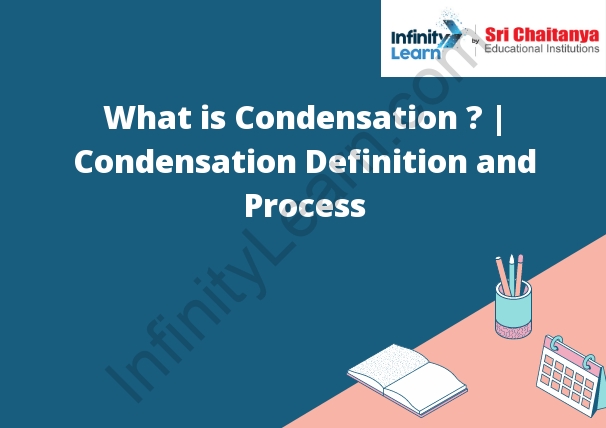Table of Contents
What is Condensation?
Condensation is the process of turning a gas into a liquid. When a gas is cooled, its molecules slow down and move closer together. This creates a higher pressure in the gas, and the liquid begins to form.

Condensation Explained and process.
When the temperature of a gas or vapor is lowered, its molecules move more slowly. If the gas or vapor is cooled enough, the molecules will slow down so much that they will stick to one another, forming a liquid. This process is called condensation. Condensation is the process of turning a gas into a liquid. This happens when the gas molecules are cooled down and they start to stick together. The water vapor in the air is turned into liquid water. This can happen when the air is cooled by a fan, or when it rains.
1. Condensation in the Water Cycle
Water vapor in the atmosphere is constantly being drawn up by the sun’s heat. As the water vapor rises, it cools and forms tiny droplets. These droplets come together and form clouds. When the clouds get too heavy, the water droplets fall back to Earth as rain, snow, or sleet.
2. Condensation in Chemical Bonding
When atoms bond together to form a molecule, they share their electrons in order to fill up their outer shells. This sharing of electrons leads to the formation of a stable molecule. In order for atoms to share electrons, they must be close together. When the atoms are close together, the electron clouds of the atoms overlap and the atoms are said to be in a state of condensation.
3. Condensation in Organic Chemistry
Water molecules can condense spontaneously on the surfaces of organic molecules. This process is called hydration. The water molecules attach to the surface of the organic molecule, and a new surface is created. This surface can then interact with other molecules, and the process of hydration can continue.







